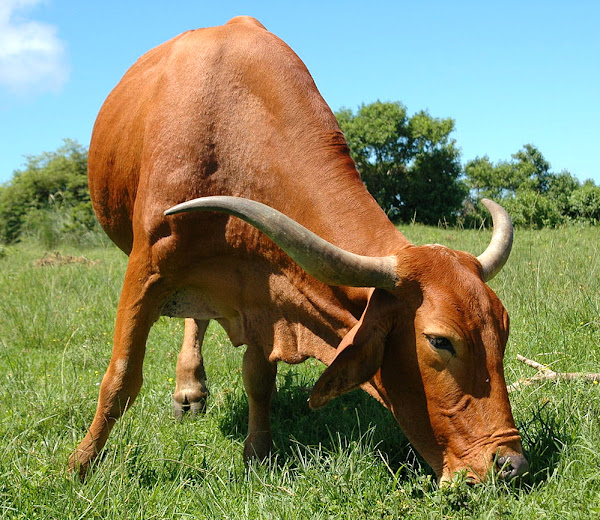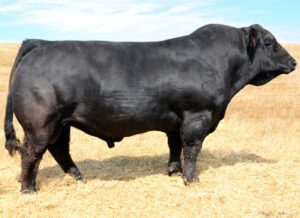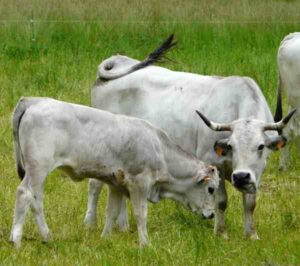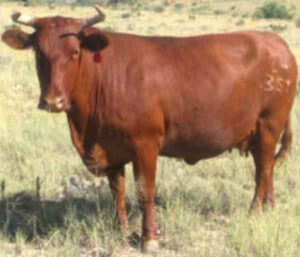Learning more about buying cattle is important, especially if you want to add some more cattle in your existing herd or want to establish a new business.
You must have to know what to look for and have to find the best deals available when buying cattle. Actually you can buy cattle in two ways.
And these two ways are by auction and directly from private farm or livestock market.
Guide to Buying Cattle
Here we are describing more about buying cattle (especially, the kind of cattle you are looking for, your budget, the places from where to buy, checking the cattle and negotiating a price).
Your Desired Kind of Cattle
First of all, determine what type of cattle you are looking for. Before buying cattle decide what breed, age, size, class and type of cattle you are actually looking for. You can purchase different types of cattle such as dairy or beef.
Different class include cows, heifer, bulls and steer. It will be good if you decide about the type of cattle. Don’t select animal first and decide later.
Consider Your Budget
Decide how much you are actually willing to spend for the cattle. This is always a very important part of buying cattle, and you should not go beyond your budget.
It is also important to have a firm limit in mind when attending an auction for avoiding getting carried away.
If unfortunately you don’t have the money right on hand, then you have to make arrangements to pay later.
Loan can also be an option for the money, but decide it first and consult with your family members before applying for loan.
Decide From Where You Want to Buy Cattle
There is actually two ways of buying cattle: auction and private sale. Wherever you wish to buy is your choice, just ensure to select fine and healthy animals within your budget.
And if possible, make arrangement to see the animals of interest before buying. You can call the owner and request him/her about coming over to look at his/her animals.
Also ask him/her what date and time you should be expected to be there.
In case of buying cattle from an auction, you should be able to have a look at the cattle in their pens prior to the start of sale (or when the animals go through the ring to make a quick judgement call on whether they are worth buying or not).
If you buy from an existing farm, then go to the farm or ranch and practically have a look at the animals.

Ask the owner about the breed, breeding, calving, weaning, age, health history etc.
Closely Monitor the Animal
Monitor the animal/s closely. Here are the details what you actually have to look for.
Attitude
A good and healthy cattle should be alert, curious and contented. But beware of the cattle that stand apart from the herd.
Coat
Coat of the healthy animal should be clean, glossy and generally unmatted.
Eyes
Eyes of the selected animal should be bright, crusty, bloodshot, clear and not runny.
Nose
Nose of the healthy animal should be cool, moist muzzle with frequent licking. Their breathing should be regular and not labored. Avoid animals that have nasal discharge, coughing, wheezing or irregular/shallow breathing.
Weight
Don’t select too heavy or too thin animal. Their weight should be average.
Udder
If you are willing to purchase milk producing animal, then the udder of the animal should be healthy. Although the size is not necessarily an indicator of good udder.
But placement of both front and hind ligaments indicate a good udder. The udder should sit forward and square (not sag too much either in the front and rear quarters, and not be too meaty).
The udder of the cow should not show too much, sideways movement when she walks. Teats of the cow should be small and perfectly grouped under the udder (it should not too large and/or sticking at odd angles).
Mobility
Walking of the healthy animals should be smooth and free of limps. Their legs and feet should look normal and free of sores, swelling or lesions.
Placement of hind feet to front feet is especially important with breeding stock, but not so much with stock being raised for meat.
Negotiate With the Seller
If possible, consult with an experienced cattle trader, and try to know the good price for the selected cattle.
It is important to know the perfect price for the animals that are being sold to avoid paying more that what they are actually worth.
Purchase and Bring the Cattle Home
If the owner agree with the price, and if the animals are worth then buy them.
You can either pay cash or by check (it’s not good to bring credit card, debit card or any other cards with you), if you buy from private source.
But you can use those forms of payment also for buying cattle from an auction.
And finally, bring the cattle home. You can use a trailer for taking them home. Once home, settle the animals into their new surrounds gradually. Try to feed the animals well and keep a close eye on them for the first few days until they seem contended. It is a good idea to have a separate area set up for new cattle being brought home.







It’s good to know that you should decide what size, class, age, and breed of cattle you want before buying it. My dad has been thinking about buying cattle to start a ranch, but he isn’t sure where to start. I’ll have to tell him to look into it more so that he can choose the right type of cattle and the right breeder for what he wants.
My uncle lives on a farm and he is hoping to purchase another bull this fall. I love how you said that it is important to make sure that the cattle you buy have alert and curious attitudes. I’ll be sure to pass along this information to my uncle so that he can find the best bull for his farm.